Our Agile training and certifications are available online or onsite with an instructor and via a self-paced, e-learning format. In addition, we serve you in English and French!
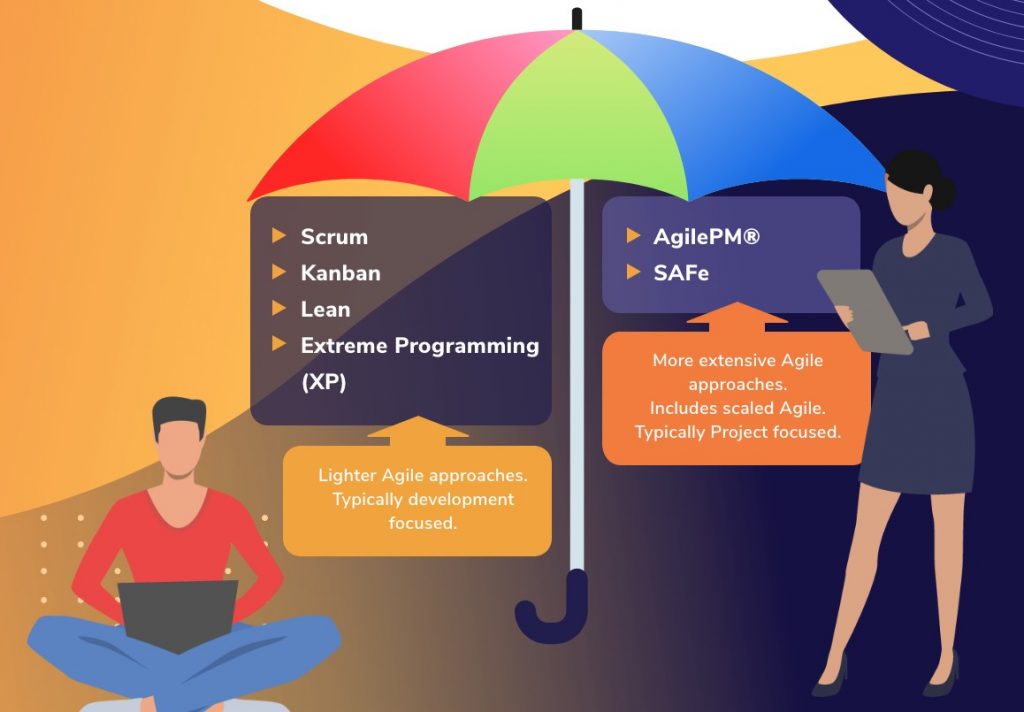
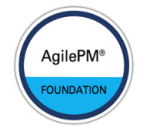
This course introduces practising project managers and agile team members to the fundamental concepts of a methodology that achieves an ideal balance between the standards, rigour and visibility required for good project management, and the fast-pace, change and empowerment provided by Agile.
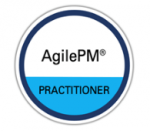
This course enables professionals to become agile project leaders with in-depth knowledge of agile principles. It offers an advanced level of understanding of the methodology concepts and focuses on the practical aspects of the Agile Project Management Framework.
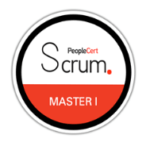
This course offers professionals a unique certification that combines agile service management techniques and scrum development frameworks. It requires candidates to develop and demonstrate a solid knowledge and understanding of Scrum terms, principles, tools and practices, as well as demonstrate their ability to use tools efficiently and effectively.
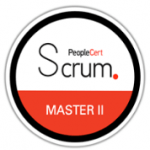
This course offers professionals a unique certification that is aimed at anyone who wishes to become an efficient leading member in Scrum work environment. It requires candidates to develop and demonstrate a solid knowledge and understanding of Scrum terms, principles, tools and practices, as well as demonstrate their ability to use tools efficiently and effectively.
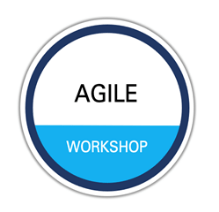
Agile Awareness
The Agile Awareness Workshop is a one-day practical immersion on Agile values and principles. Through exercises, discussion and simulations, participants will experience Scrum as one of the most popular Agile development methodologies.
In the age of digital transformation marked by an important shift towards a product management mindset, Agile’s influence on the project management industry continues to rise at a fast pace. Organizations and project professionals are embracing Agile tools more than ever and frameworks as they aim to increase the success and return on investment from their initiatives. Adopting this way of working enables them to improve revenue and speed to market by developing the right product/solution, boosting collaboration levels and customer satisfaction. IT Chapter offers certification training for two of the most popular Agile frameworks, which are AgilePM® and Agile SCRUM. In addition, we deliver workshops customized to your organizational needs. In terms of language, our resources and materials are available in both English and French.
Many organizations have adopted AGILE SCRUM. Scrum is a process framework for developing, delivering, and sustaining complex products that has been used since the early 1990s. Scrum is not a single process, technique, or definitive method. Rather, it is a framework within which you can employ various processes and techniques. It improves the efficacy of software / digital product management. The role of Scrum Master is crucial to ensuring a proper Scrum process is maintained throughout a project.
In this continuously evolving context, IT Chapter offers a suite of Scrum Master qualifications in response to the market’s need to close the skills-gap that many organizations are facing. These trainings enable individuals to support the realization of their business objectives and to improve communication, standardization, collaboration and automation for the delivery of quality software products better, faster and with a lower cost.
Organizations adopting the Scrum framework may experience some limitations. It does not cover Sprint Zero, Discover, and “scrum of scrums”. The role of PM and PMO is not adequately reflected, as well as there is no notion of a business case. In isolation, the SCRUM framework does not enable organizations to run a project.
To address these limitations, in addition to Agile SCRUM, IT Chapter has adopted an AgilePM® practice, based on the Agile Business Consortium’s Agile Project Framework. The AgilePM® guidance offers a practical and repeatable methodology and offers a structured and scalable corporate Agile framework based on proven practice.
So why should organizations and project professionals consider AgilePM®? AgilePM® is a valuable addition to Agile SCRUM, it is addressing the full project lifecycle (beyond product development), quality & governance controls, and risk management. AgilePM® incorporates and encourages a range of popular Agile practices to support effective product and solution development, as for example MoSCoW Prioritisation, Timeboxing and Iterative Development. The AgilePM® is a tried-and-true approach established over 20 years ago and has been adopted by a wide range of organizations representing various sectors and industries.
Agile is a generic description of a style of working, which includes flexibility, working closely with a customer throughout ensuring final solution actually meets business needs, and deferring decisions about details until the last possible moment. There are various well-known Agile frameworks currently used by organizations, but how can they decide on which one to adopt?
The organizational context and background are key in this decision. If improving its product development, the management of an ongoing backlog of features or improving the environment in minimal formality is required, then the SCRUM method would address these needs. On the contrary, an organization which delivers projects and programs, manages the full project lifecycle with cross project dependencies and possible integration with programs, in a structured and corporate culture environment, AgilePM is the framework to opt for.
Regardless of the chosen approach, the main goal of Agile frameworks is to make the development quicker and smoother, and to create an output that is more satisfying for the customer. It encourages rapid and flexible response to change, with the ultimate goal to optimize business value. All activities conducted by the organization should link back, directly or indirectly, to value for itself, its customers, and other stakeholders.
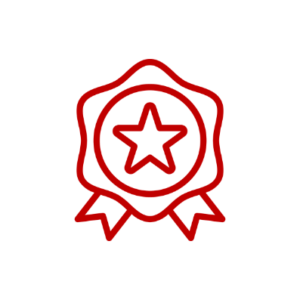
The functions and requirements of what we do.

Things need to operate with speed. It’s fine if you are delivering quality, but what if you are delivering it a day late?

Cost is often measured against how much the customer is willing to pay. Services need to be affordable to the customer and profitable for the business.
